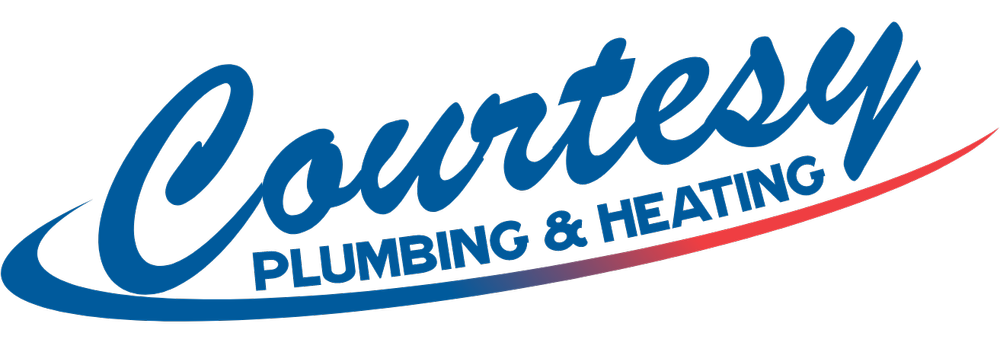Why Isn't My Furnace Heating? Troubleshooting Tips and Solutions
During the cold winter months, a malfunctioning furnace can be a major inconvenience. If you've ever found yourself asking, "Why isn't my furnace heating?" don't worry – you're not alone. In this blog post, we'll explore some common reasons why your furnace might not be working correctly and offer tips and solutions to help you stay warm and comfortable.
Thermostat Issues
The first thing to check when your furnace isn't heating your home properly is the thermostat. Ensure that it's set to the desired temperature and in heating mode. Sometimes, the problem might be as simple as dead batteries in your thermostat. Replace them and see if that solves the issue.
Dirty or Clogged Air Filters
One of the most common reasons for reduced furnace performance is dirty or clogged air filters. If the filters are congested with dust and debris, it restricts the airflow, making it harder for your furnace to distribute warm air. Check and replace your air filters regularly, typically every one to three months.
Pilot Light or Ignition Problems
If you have an older gas furnace, it may have a pilot light that needs to be lit. If the pilot light is out, follow the manufacturer's instructions to relight it safely. In modern furnaces, electronic ignition systems can sometimes fail, and a professional technician should be called to diagnose and fix the issue.
Lack of Fuel Supply
For gas furnaces, a lack of fuel supply can cause heating problems. Ensure that the gas valve is open and that there are no gas leaks. If you suspect a gas leak, immediately shut off the gas supply, ventilate the area, and contact a professional technician for assistance.
Electrical Issues
Furnaces rely on electrical components to function correctly. Check for tripped circuit breakers and blown fuses that might disrupt the power supply to your furnace. Reset the breaker or replace the fuse if necessary. If the issue persists, consult an electrician or HVAC technician to inspect and repair the electrical system.
Overheating
Your furnace has safety mechanisms in place to prevent overheating. If your furnace shuts off abruptly, it may be due to overheating. Ensure that the vents, registers, and ducts are not obstructed, and that the system has proper airflow. If the problem continues, it might be related to a faulty limit switch or another internal issue that requires professional attention.
General Maintenance
Regular furnace maintenance is key to keeping your system running smoothly. Over time, components may wear out or become dirty, leading to reduced efficiency. Scheduling annual maintenance with a professional HVAC technician can prevent problems before they occur and extend the life of your furnace.
Age of the Furnace
Sometimes, the age of your furnace can be a factor in its performance. Older units may become less efficient or prone to more significant issues. If your furnace is approaching the end of its typical lifespan (usually around 15-20 years), it might be more cost-effective to replace it with a newer, more energy-efficient model.
Conclusion
When your furnace isn't heating as it should, it's essential to troubleshoot and address the issue promptly. In many cases, simple maintenance and troubleshooting steps can restore your furnace's performance. However, for more complex issues or if your furnace is aging, it's best to consult a professional plumbing and heating company. They can diagnose the problem, provide expert solutions, and help you stay warm and comfortable during the winter months. Don't let a malfunctioning furnace leave you in the cold – take action and enjoy a cozy, well-heated home once again.

